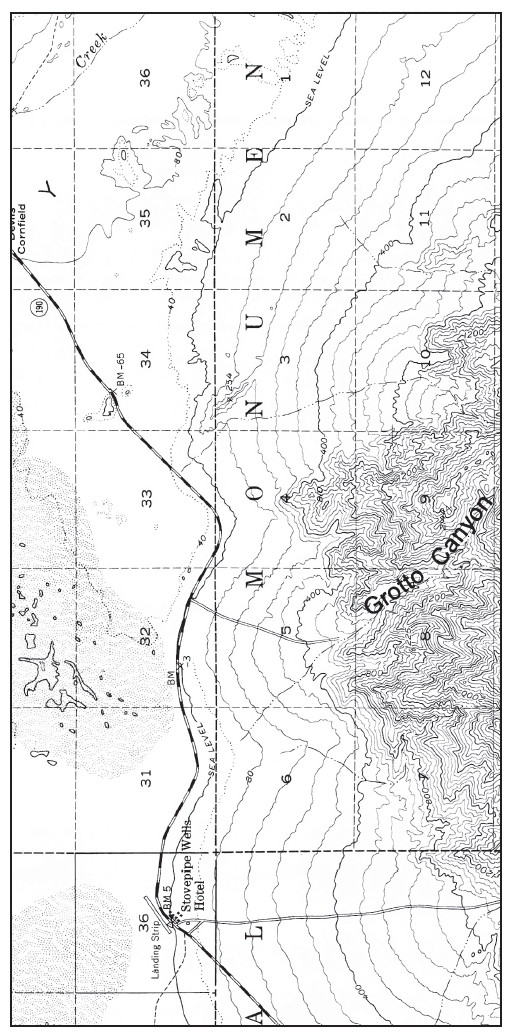Why is the use of proxy data necessary when studying past climate change?
A) Modern recording instruments are skewed by pollutants in the atmosphere
B) Modern data has been biased by religious influence or political ideologies
C) Instrumental records only go back a couple of centuries and are more incomplete the older they are
D) Geological and atmospheric changes occurring at the time work differently than today
Answer: C
You might also like to view...
According to the U.S. Environmental Protection Agency, one of the five top toxic substances of major concern to human and environmental health is
A. sodium. B. lead. C. oxygen. D. gold. E. polonium.
What kind of growth is taking place in a population that doubles its size in 1000 years, and then doubles it again in 100 years , and finally doubles again in just 10 years?
A. exponential B. linear C. circumstantial D. negative growth
Look at the upper portions and margins of the alluvial fans shown on the map and in the stereogram (especially the alluvial fan at the mouth of “Grotto Canyon”). In recent years does it appear that erosion or deposition has been more prominent at the tops of these fans?
The questions on the following page are based on Figure 45-4, a stereogram of the Stovepipe Wells region of Death Valley, California, Figure 45-5, a portion of the “Stovepipe Wells, California” quadrangle (scale 1:62,500; contour interval 80 feet; north is to the left side of the stereogram and topographic map), and Map T-27a, color aerial imagery of this same region of Death Valley. Several large alluvial fans that come out of the Tucki Mountains are coalescing to form a bajada 136°35'17"N, 117°06'35"W).

Figure 45-5: USGS “Stovepipe Wells, California” quadrangle. North is to the left side of the page (scale 1:62,500; contour interval 80 feet, dotted lines represent half-interval contours<--N).
How much of the world's crude oil is found on the seafloor?
a. 25% b. 35% c. 45% d. 55%